Today, we live in a digitized era, probably something that was supposed to surface in the coming years has materialized per se in just a few months owing to the deadly virus that has been mutating rather quickly.
But since vaccines are available against this virus, the government, too, is using every means in its armory to urge people to get vaccinated.
But then, what about the pre-Internet era? In the 1990s, the technology lacked far behind what it is today, with no internet and no wi-fi. How did governments and health authorities convince people across the globe to get immunized?
Was it strategic worldwide vaccination campaigns and public health projects to virtually eliminate previously infectious diseases such as diphtheria, measles, mumps, rubella, tetanus, and smallpox?
How The Masses Were Convinced To Take The Vaccine?
Posters. That’s right, creative posters were designed and posted across the streets to get the message out: Get the jab; Get the vaccine!
These public health posters played a very important role by appealing to parental instincts of protection and responsibility through images and text, thereby extending vaccination coverage to remote parts of the globe.
From Star Wars references to faces of cute babies, comics, and bold typography, immunization posters were designed strategically to pique the interest of the people and make sure that everyone got their shots.
Although decades have passed and technology has taken an unprecedented form and is still evolving as we speak, this method never went out of date. After all, as they say, ‘Vintage will always be vintage’. So, here’s a look back at some of the vaccine creatives that led to the world getting pricked.

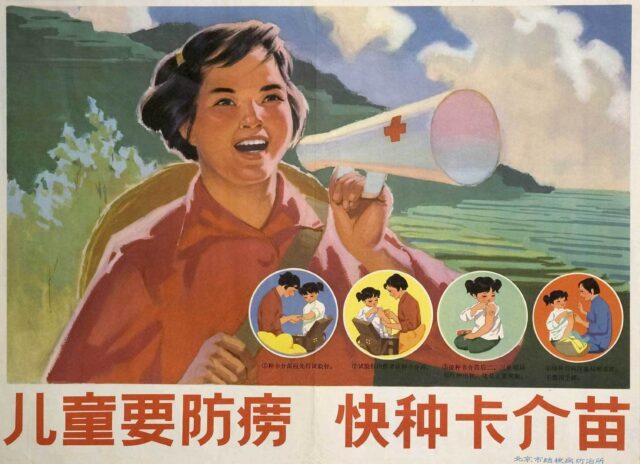
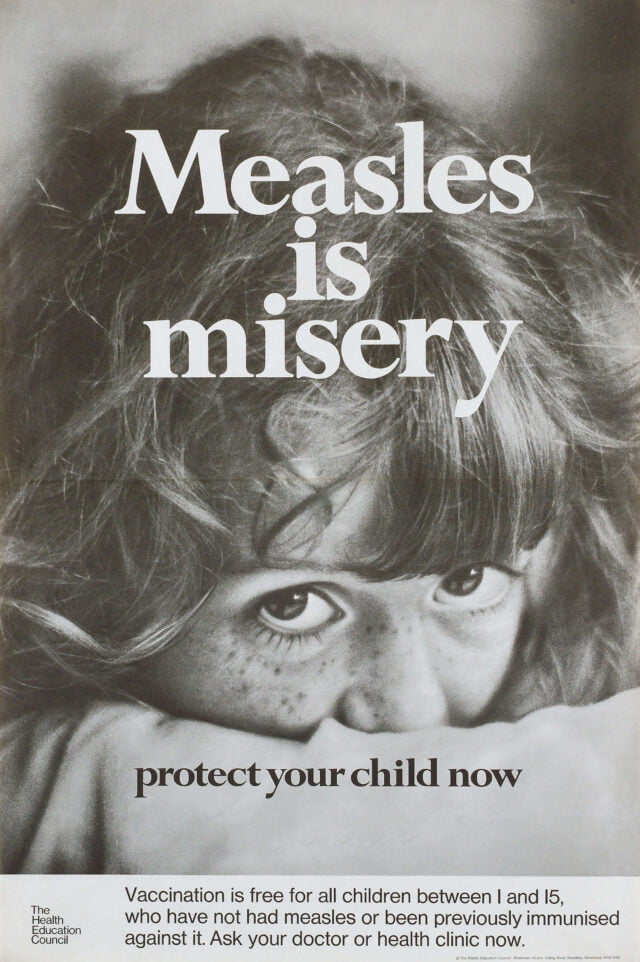
Read more: Can We Trust Russia’s Sputnik Vaccine: How Effective Is It?
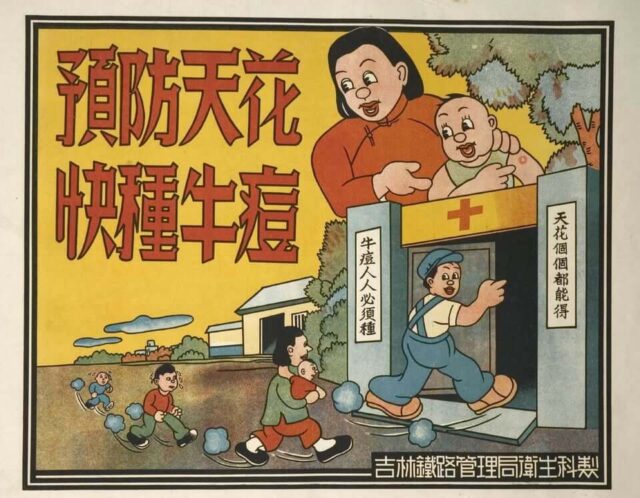
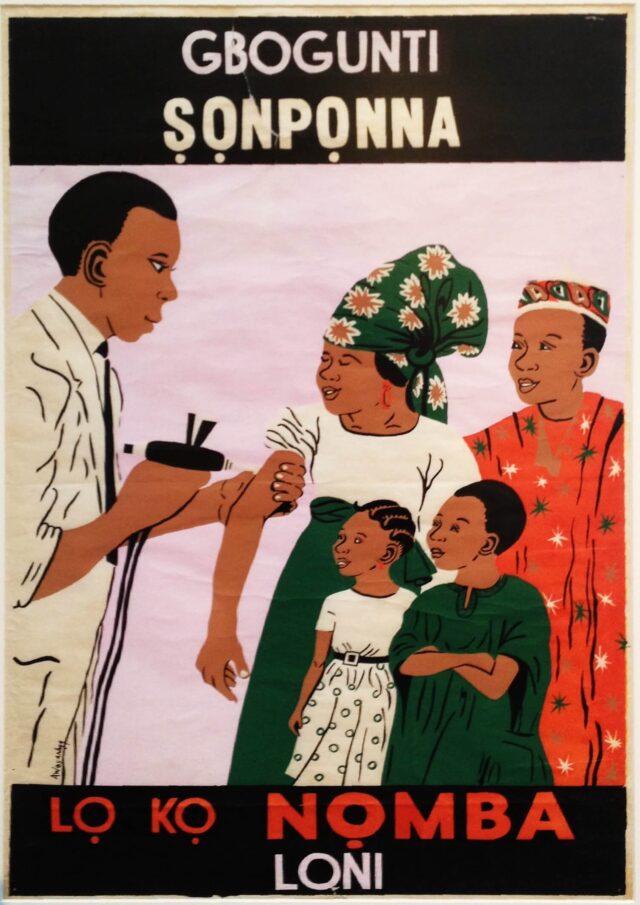
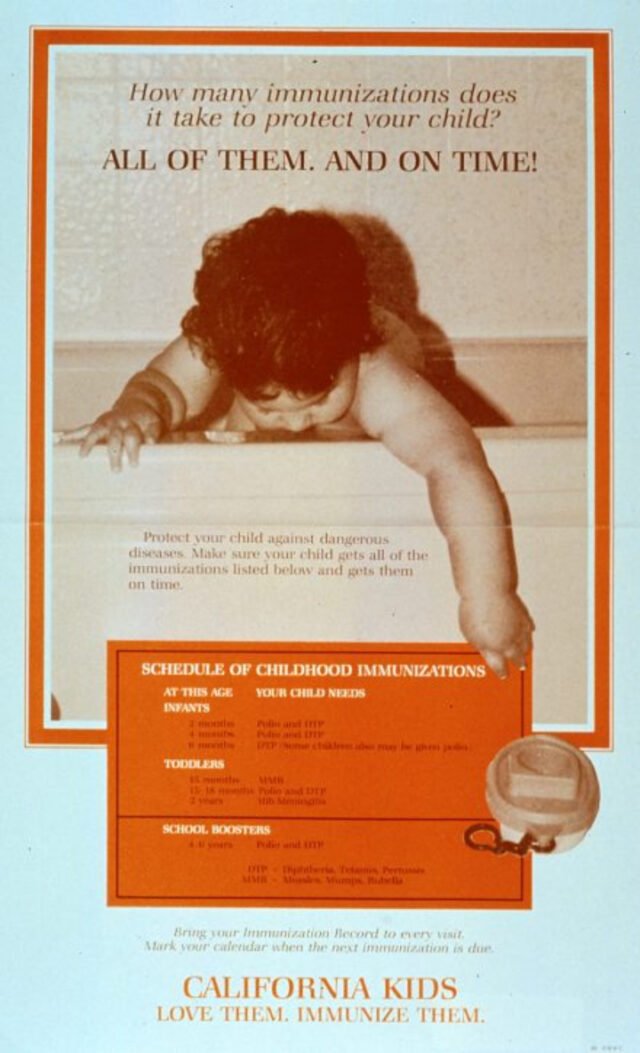
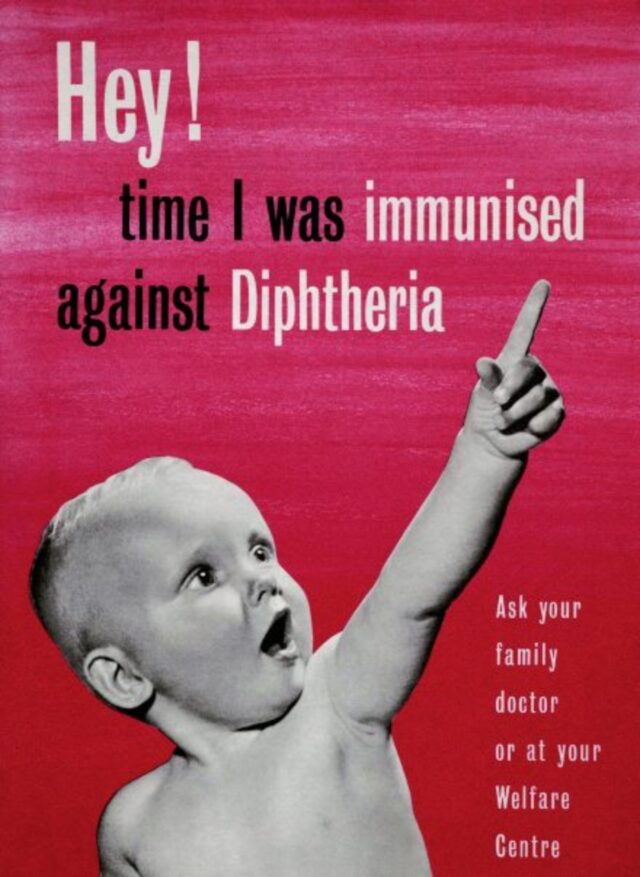
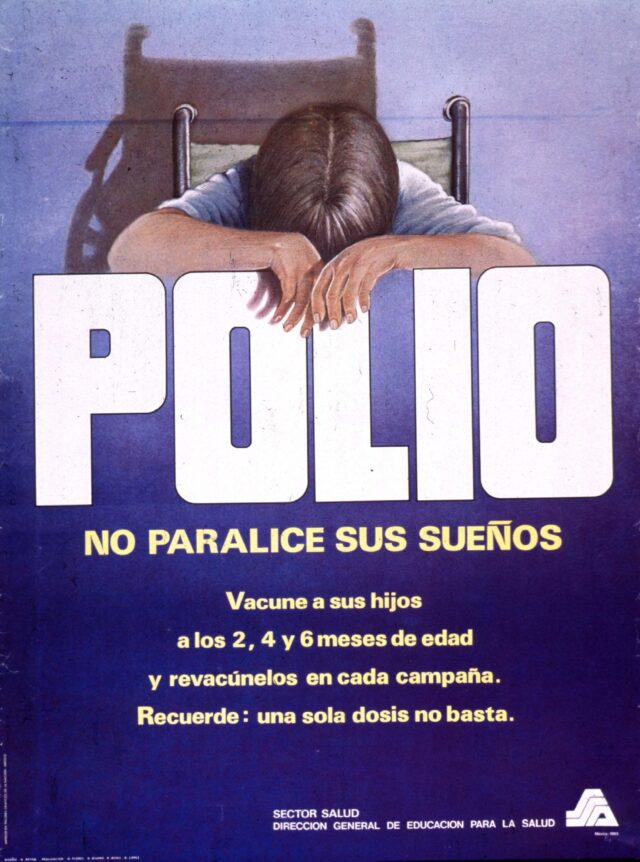
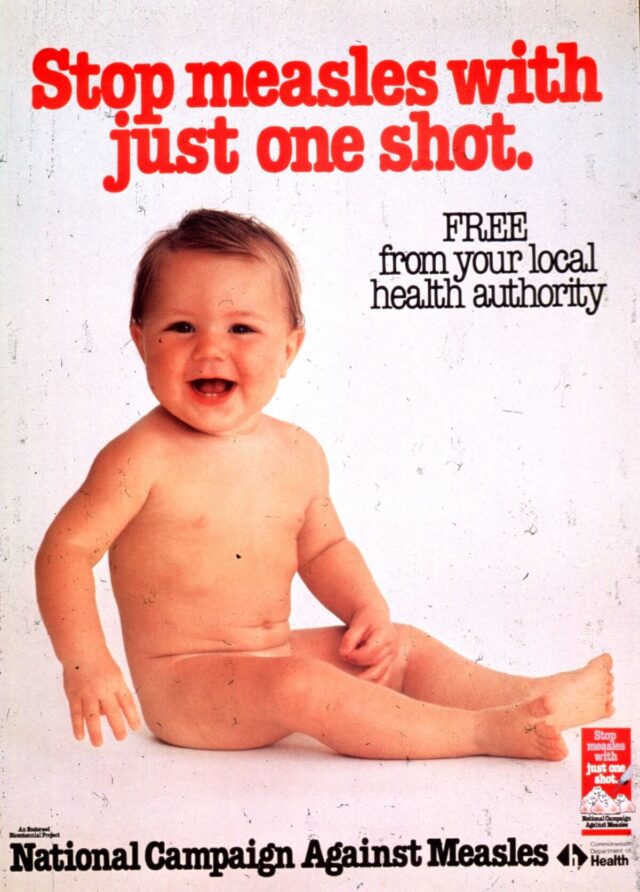
Classic always remains classic!
Image credits: Google images
Sources: CN Traveller, TIME Magazine, Forbes
Find the blogger at @sejalsejals38
This post is tagged under: Milan, Mexico, Africa, Australia, Art, Chicago, Design, Earth, faces, Earth, Internet, Italy, Science, Star Wars, United States, Vaccination drive, Cowin, vaccine, covid, COVID-19 Vaccine, vaccine art, corona vaccine, Corona vaccine, India vaccine, Vaccine coronavirus, vaccination, vaccine registration, vaccine update, covid-19, covid vaccine, vaccine in India, vaccine news, a vaccine for covid, covid vaccine India, Covid vaccine registration, covid vaccine update, covishield, covishield vaccine, covaxin, covaxin vaccine, Cowin vaccine, AstraZeneca vaccine, AstraZeneca, sputnik vaccine, Russia, Coronavirus disease 2019, Immunization registry, Pfizer, Pfizer Ltd, Biotechnology, Moderna, Aarogya Setu, Johnson & Johnson, Vaccine efficacy, Vaccine art that persuaded the public to get the jab, How did governments and health authorities convince people across the globe to get immunized, diphtheria, measles, mumps, rubella, tetanus, smallpox, WHO, UN





























